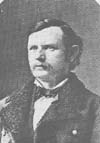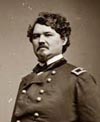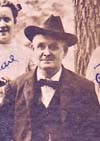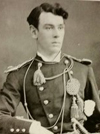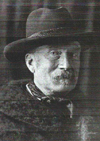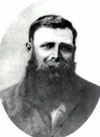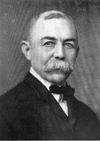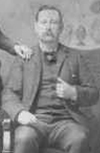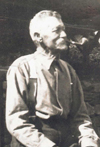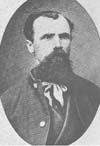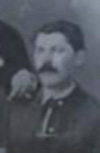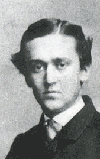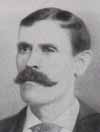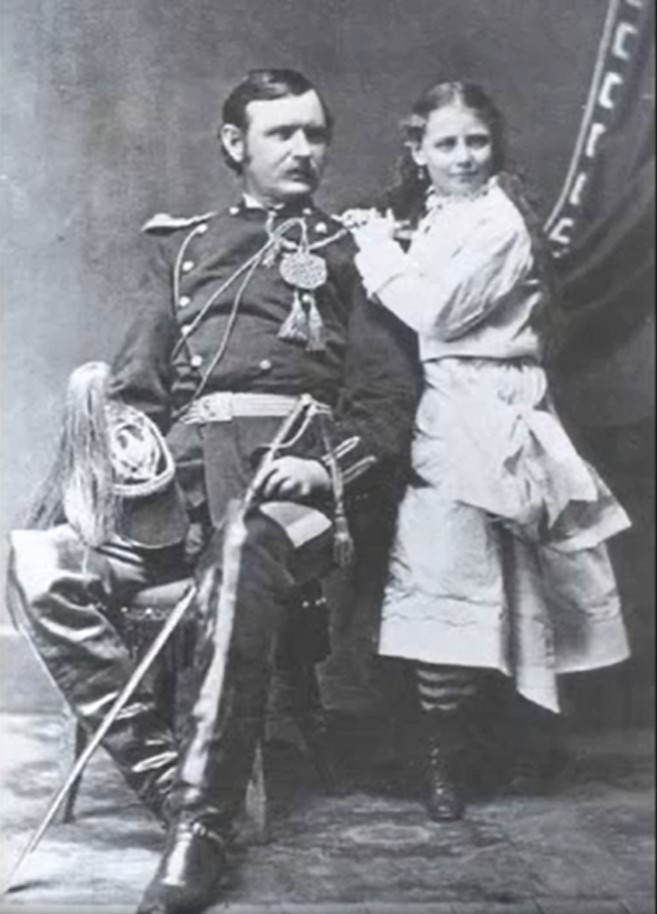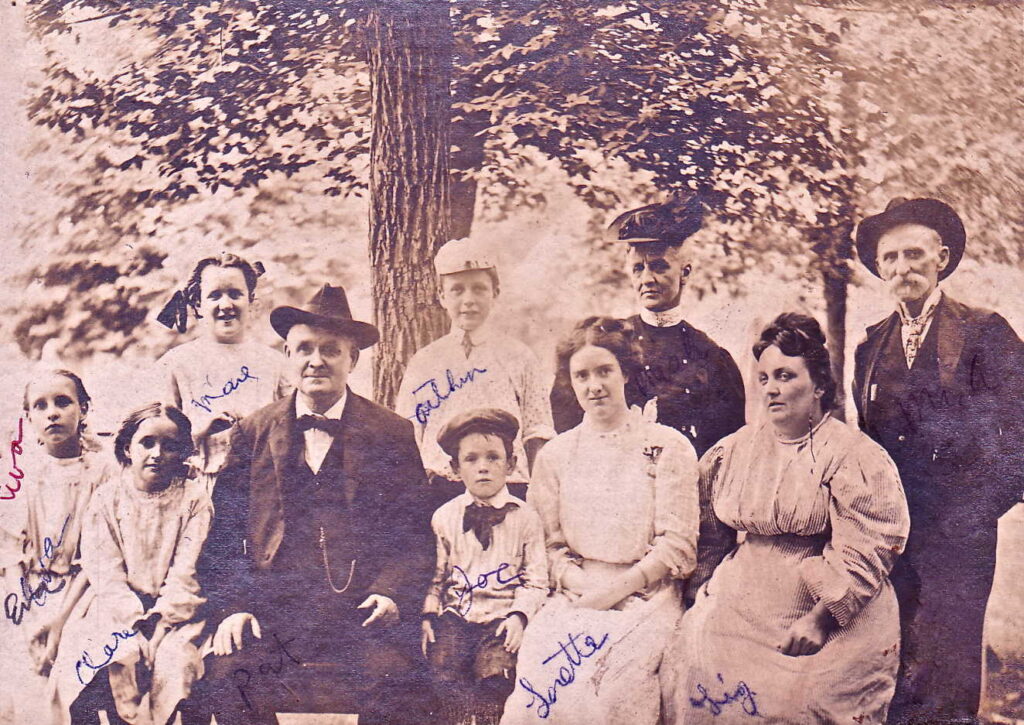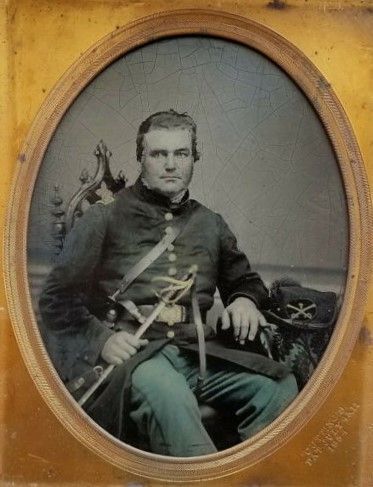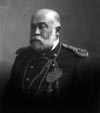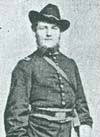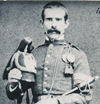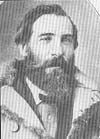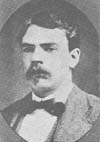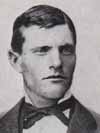John Zametzer died at the U.S. Soldiers’ Home in Washington, D.C., on September 24, 1877, and was buried in the National Cemetery there. He was a Private in Company M who was not present at the battle due to illness.
John Robert Cooper died on September 24, 1903, in Harris, Iowa, and was buried in the Fairview Cemetery in Ocheyedan, Osceola County, Iowa. He was a Private in Company H who was wounded in the hilltop fight.
George Hose died at Lake Nebagamon, Wisconsin, on September 24, 1924, and was buried in the Lake Nebagamon Cemetery there. He was a Corporal in Company K who participated in the hilltop fight.
Joseph K. Ricketts married Alice Williams on September 25, 1884, with whom he later had a son named Bryan. Joseph was a Wagoner with Company M who was not present at the battle due to detached service at Powder River, Montana.
John Gorham, who was also known as John E. Quinn, died on September 26, 1932, in Brookline, Massachusetts. He was a Private in Company D who was not present at the battle due to detached service at the Powder River Depot, Montana, guarding the wagon train. His obituary states he was buried in West Roxbury, Massachusetts, but the cemetery remains unknown.
Charles N. Hayes, who was also known as Charles N. Hood, died on September 27, 1892, in Penn Yan, New York. He was a Private in Company H, but he was not present at the battle due to illness.
Thomas Benton Weir (left) was born in Nashville, Ohio, on September 28, 1838. He was the Captain in command of Company D during scouting and the hilltop fight.
Samuel Davis Sturgis (right) died on September 28, 1889, at St. Paul, Minnesota, and was buried in Arlington National Cemetery in Arlington, Virginia. He was the Colonel commanding the Regiment, but he was not present at the battle due to detached service at St. Louis, Missouri. His son, Lt. James Garland Sturgis, was killed with Custer’s Column.
Patrick C. White (left), who used the alias Patrick Connelly, died on September 28, 1909, in Minneapolis, Minnesota, and was buried in St. Mary’s Cemetery there. He was a Sergeant with Company H who was wounded in the hilltop fight.
Conrad Farber died on September 28, 1896, in St. Louis, Missouri. He was a Private with Company I, but he was serving as a carpenter in St. Paul, Minnesota, at the time of the battle.
Many men who were attached to the 7th Cavalry at the time of the Battle of the Little Bighorn later fought and died at Snake Creek (Bear Paw Mountain), Montana, on September 30, 1877. They were initially buried on or near the Snake Creek Battlefield but were moved to the Custer National Cemetery at Crow Agency, Montana, on August 7, 1913.
